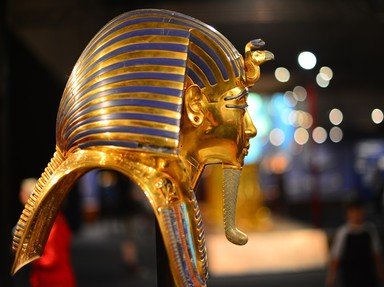Quiz Answer Key and Fun Facts
1. Who was Ramses III's father?
2. Ramses III was a member of which Egyptian dynasty?
3. What are the approximate dates of Ramses III's reign?
4. What was a problem for Egypt during the latter part of the reign of Ramses III. What was it?
5. The greatest event of Ramses III's reign happened when he defeated an invading force of barbarians from Asia Minor and southern Europe at the Battle of the Delta. By what collective name were these barbarians known?
6. After a long and successful reign, Ramses III finally died. What was the cause of his death?
7. What is true about Ramses III's tomb?
8. Was Ramses III's mummy found in his tomb?
9. Who became pharaoh upon Ramses III's death?
10. Ramses III was used as the model for the reanimated corpse in a series of 1940s horror films.
Source: Author
daver852
This quiz was reviewed by FunTrivia editor
bloomsby before going online.
Any errors found in FunTrivia content are routinely corrected through our feedback system.
